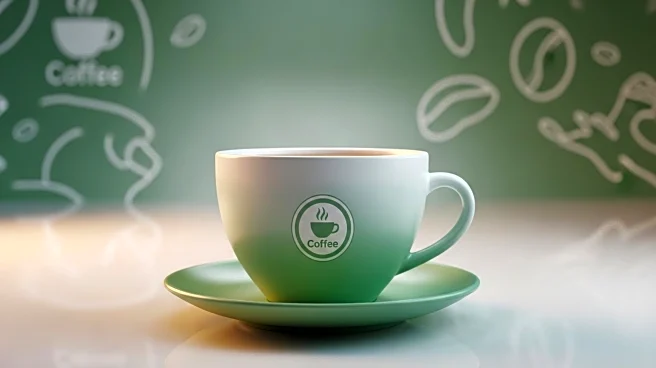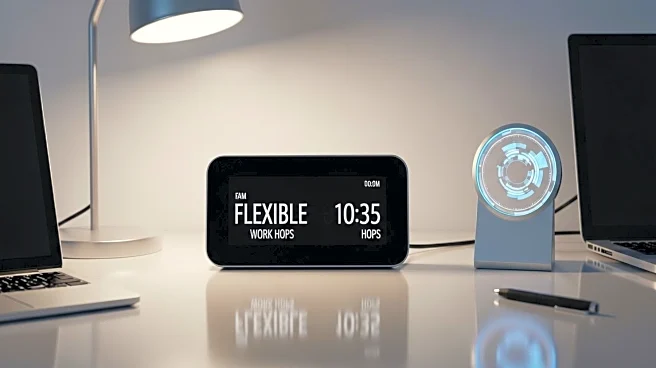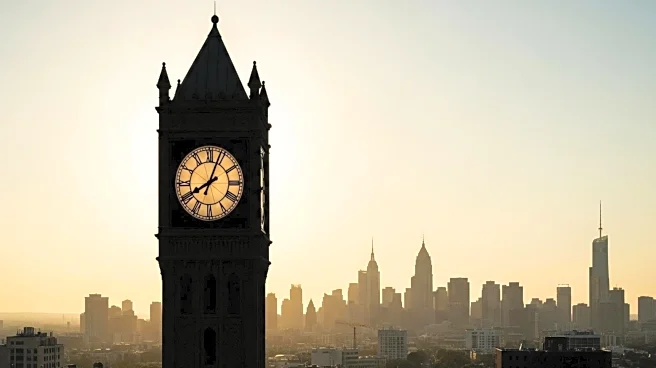What's Happening?
Starbucks has introduced a new dress code for its employees, effective May 12, requiring them to wear solid black tops and khaki, black, or blue denim bottoms. The policy aims to highlight the company's iconic green apron and create a sense of familiarity for customers. However, the change has been met with criticism from employees, who express concerns over the restrictive nature of the dress code and its impact on morale. Starbucks Workers United, representing workers at 570 of Starbucks' 10,000 U.S. stores, has organized walkouts in protest, arguing that the dress code should have been subject to collective bargaining.
Why It's Important?
The new dress code has significant implications for Starbucks' workforce, particularly in terms of employee satisfaction and union relations. The backlash highlights ongoing tensions between the company and its unionized employees, who are advocating for better working conditions and fair contracts. The policy change could affect employee retention and productivity, as workers feel unsupported and undervalued. Additionally, the controversy may impact Starbucks' public image, as customers become aware of the internal disputes and potential disruptions in service.
What's Next?
Starbucks Workers United has filed an unfair labor practice charge over the company's failure to bargain over the dress code change. The union is pushing for negotiations to address staffing, pay, and support concerns. Starbucks, on the other hand, emphasizes its focus on providing competitive wages and benefits. The outcome of these negotiations could set a precedent for future labor relations within the company and influence how other corporations handle similar disputes.











